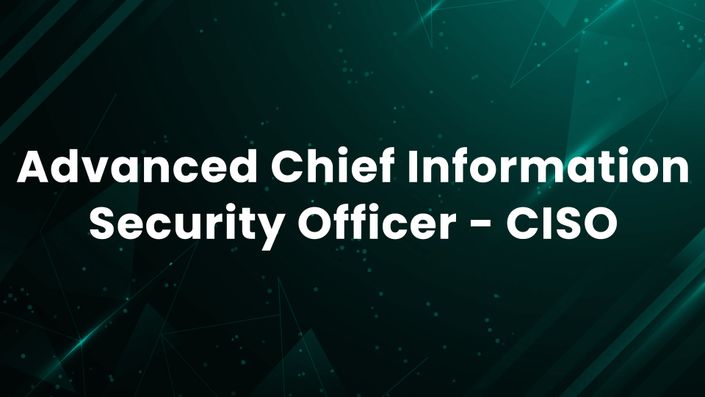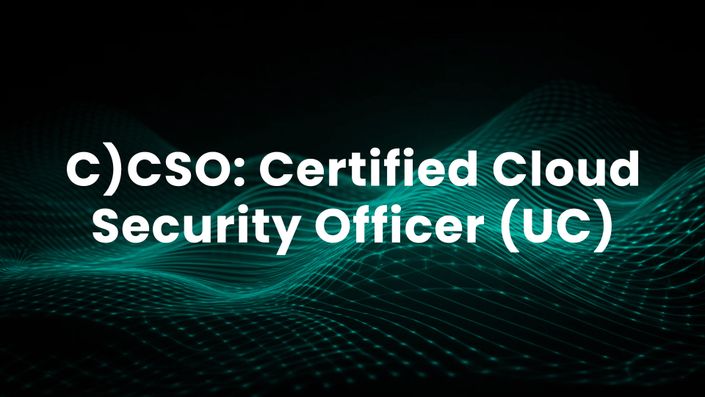Introduction
Cybercriminals are constantly evolving their tactics, and one of the fastest-growing cyber threats is Smishing (SMS Phishing). Smishing is a form of phishing attack where scammers send fraudulent text messages to trick victims into sharing sensitive information, clicking on malicious links, or downloading malware. Since people tend to trust text messages more than emails, smishing attacks are highly effective and dangerous.
💡 Example: You receive a text message claiming to be from your bank, stating that your account has been locked and asking you to click on a link to verify your details. The link leads to a fake banking website designed to steal your login credentials.
How Smishing Attacks Work
1️⃣ Sending a Fake SMS – The attacker sends a message that appears to come from a trusted source (banks, delivery services, government agencies, etc.).
2️⃣ Creating a Sense of Urgency – The message may claim your account is compromised, your package is undelivered, or you’ve won a prize.
3️⃣ Providing a Malicious Link or Number – Victims are urged to click on a fraudulent link or call a fake number.
4️⃣ Stealing Information or Installing Malware – Clicking the link may lead to a phishing site that steals login credentials or installs malware on your phone.
Common Examples of Smishing Attacks
📌 Banking Scams: "Your bank account has been temporarily suspended. Click here to verify your identity: [malicious link]"
📌 Delivery Scams: "Your package is delayed due to unpaid shipping fees. Pay now to receive it: [fake website]"
📌 Government Scams: "You are eligible for a tax refund. Claim now by providing your details: [fraudulent link]"
📌 Job Offer Scams: "We have a high-paying remote job for you. Click the link to apply: [malicious link]"
📌 Tech Support Scams: "Your phone has been infected! Tap this link to fix the issue: [dangerous download]"
How to Identify a Smishing Attack
🔍 Unexpected Messages – Be wary of messages from unknown numbers, especially if they claim to be urgent.
🔍 Suspicious Links – Hover over the link (if possible) to check the URL. If it looks unfamiliar or misspelled, don't click it.
🔍 Grammar & Spelling Mistakes – Official messages from banks or companies rarely contain errors.
🔍 Requests for Personal Information – Legitimate organizations never ask for sensitive details via text.
🔍 Sense of Urgency or Threats – Messages pressuring you to act immediately are likely scams.
How to Protect Yourself from Smishing Attacks
✅ Never Click Suspicious Links – If you receive a text claiming to be from your bank or a company, visit their official website manually instead.
✅ Verify the Sender – Contact the company directly using their official number or website to confirm the message's legitimacy.
✅ Avoid Replying to Unknown Numbers – Responding can confirm your number is active, making you a target for more scams.
✅ Enable SMS Spam Filters – Use your phone’s spam protection settings to filter out suspicious messages.
✅ Use Multi-Factor Authentication (MFA) – Even if your login credentials are stolen, MFA can prevent unauthorized access to your accounts.
✅ Keep Your Phone Secure – Install security software and update your phone’s OS regularly to protect against malware.
✅ Report Smishing Attempts – Forward scam messages to the appropriate authorities in your country (e.g., report to your mobile carrier or cybersecurity agencies).
What to Do If You Fall for a Smishing Scam?
🚨 Immediately Change Your Passwords – If you entered login credentials on a fake site, update them immediately.
🚨 Notify Your Bank or Service Provider – If financial details were shared, contact your bank to secure your account.
🚨 Check for Unauthorized Transactions – Monitor your account for any suspicious activity.
🚨 Run a Security Scan – If you downloaded a file, scan your phone for malware.
🚨 Report the Scam – Inform your mobile carrier or cybersecurity authorities to help prevent further attacks.
Example Curriculum
Featured Products
Showcase other available courses, bundles, and coaching products you’re selling with the Featured Products block to provide alternatives to visitors who may not be interested in this specific product.




